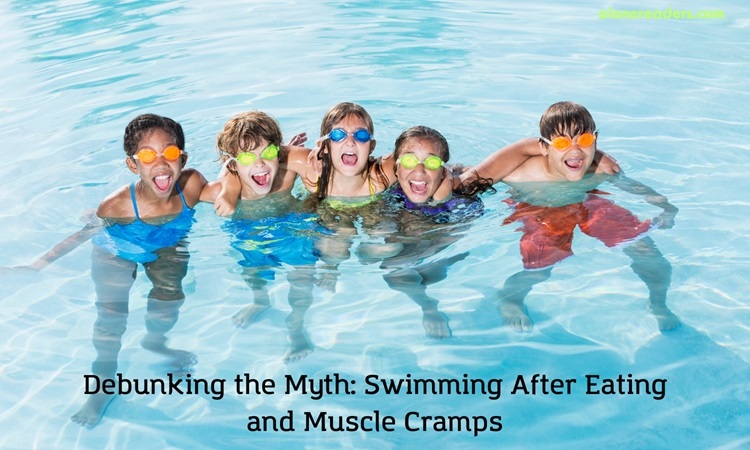
For generations, a popular piece of advice has echoed around poolsides and beaches: "Don't go swimming right after you eat, or you'll get cramps." This belief, often passed down from parents to children, suggests a dangerous link between swimming post-meal and experiencing muscle cramps. However, despite its widespread acceptance, this claim lacks scientific backing. In this article, we dive into the reality behind this myth and understand why swimming after eating is generally safe for most individuals.
The origin of this myth is somewhat murky, but it appears to have been born from a general understanding of how the body prioritizes digestion. After eating, the body indeed directs more blood flow to the stomach and intestines to facilitate digestion. This has led to the assumption that other parts of the body, particularly the muscles used in swimming, may be deprived of adequate blood and oxygen, thereby increasing the risk of cramps.
To debunk this myth, it's crucial to understand how the body manages blood flow during digestion. When you eat, your body does direct more blood towards your digestive system. However, this does not significantly deplete blood supply to other parts of your body. The human circulatory system is highly efficient and capable of multitasking – providing sufficient blood to the digestive system while still maintaining adequate circulation to muscles in the arms and legs.
Muscle cramps, especially in the context of swimming, are more often related to other factors like overexertion, dehydration, or electrolyte imbalances. These factors can cause cramps regardless of whether you've eaten recently or not. There is little evidence to suggest that the act of swimming after eating significantly increases the risk of experiencing these cramps.
While the risk of developing cramps from post-meal swimming is minimal, it's still important to swim safely. For instance, swimming immediately after a very large or heavy meal might be uncomfortable, as the body is busy with the intense process of digestion. This might not lead to cramps but could cause general discomfort or indigestion.
Numerous health and fitness experts have weighed in on this topic, largely agreeing that the risk of swimming after eating is overstated. Most conclude that while it's always wise to listen to your body and avoid strenuous activities immediately after a heavy meal, a leisurely swim is unlikely to pose any significant risk.
In the context of children, who were often the primary recipients of this advice, the caution might have been more about preventing other swimming-related accidents than about preventing cramps. Children might be more prone to engaging in vigorous play and less aware of their bodies' signals, so advising a short break after eating could have been a way to ensure they don't enter the water while feeling overly full or uncomfortable.
It's also worth noting that hydration plays a critical role in preventing muscle cramps during swimming. Whether you've eaten recently or not, ensuring adequate hydration before diving in can help reduce the risk of cramps.
The belief that swimming right after eating causes muscle cramps is more myth than fact. While it's always important to swim safely and be mindful of your body's signals, there is no substantial scientific evidence to suggest that a quick dip after a meal significantly increases the risk of muscle cramps. As with any exercise, listen to your body, stay hydrated, and enjoy your swim!